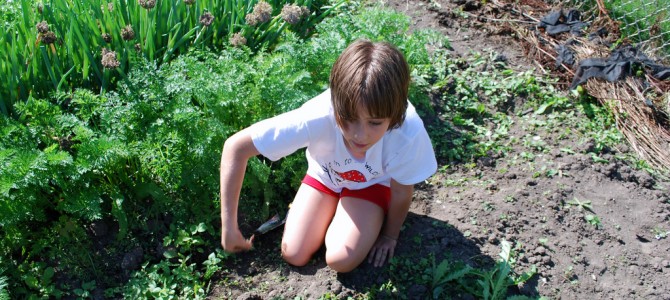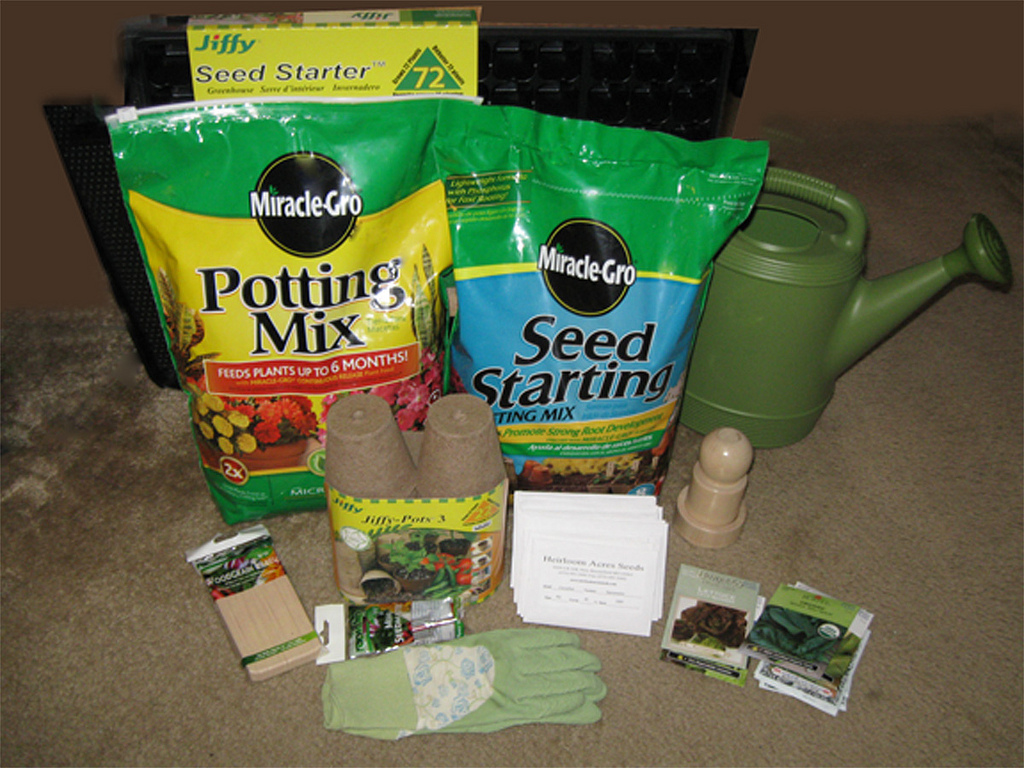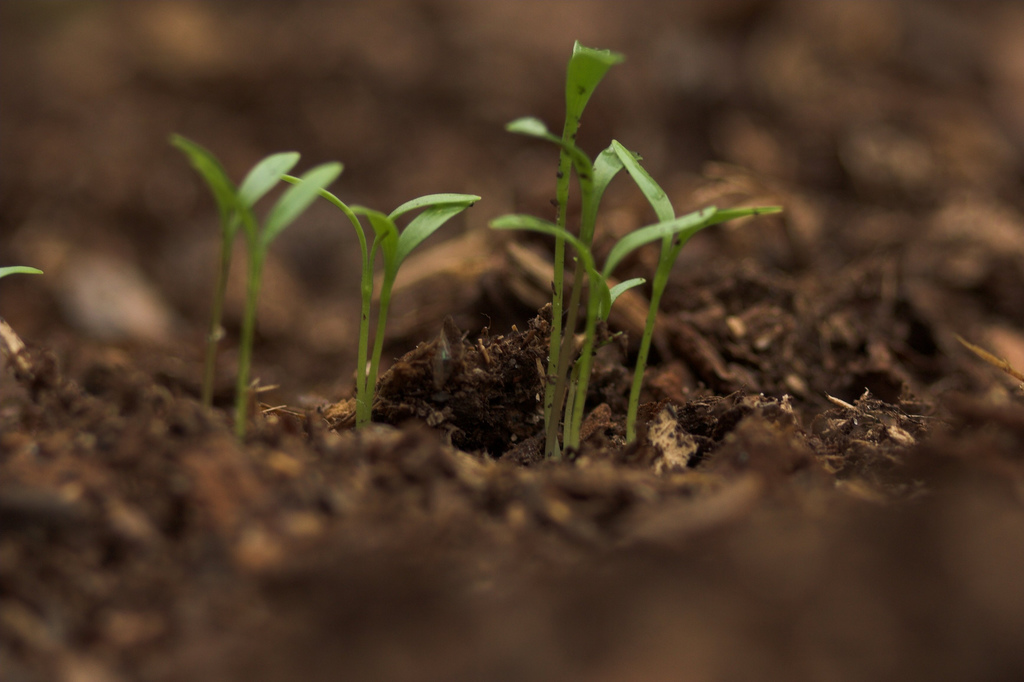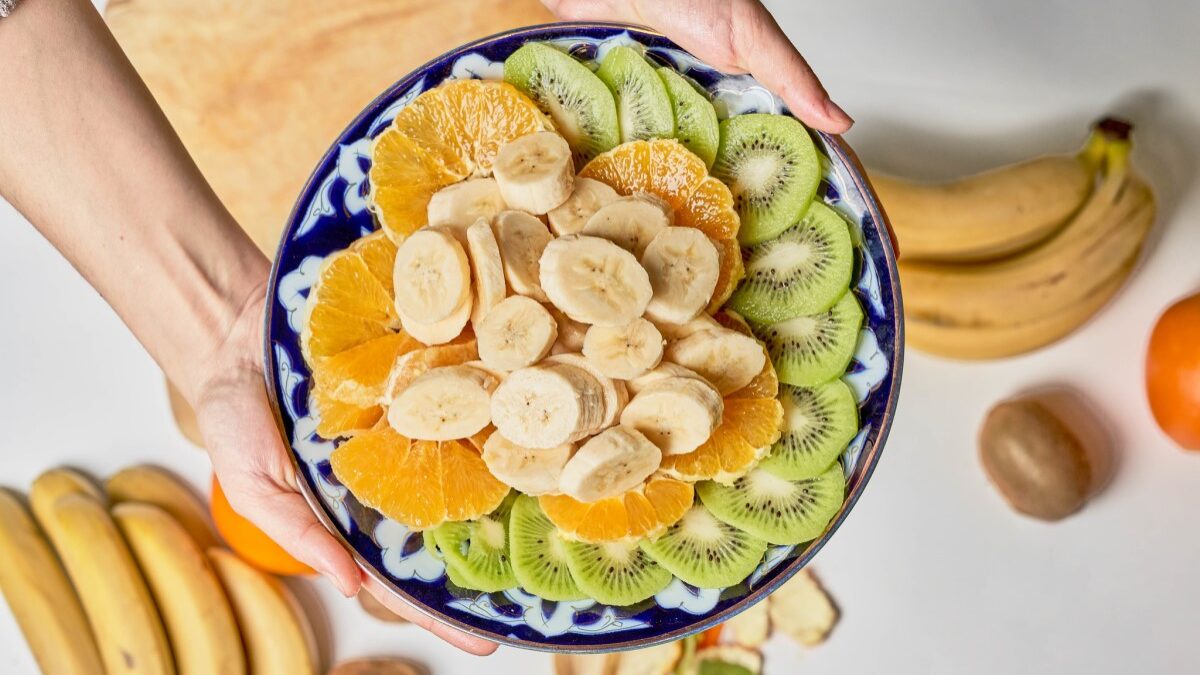
A few years ago, I decided it would be a good idea to learn to grow vegetables. As a slightly-crunchy mom of four, I was on board with the idea of serving my kids fresh, organic produce, but the cost seemed prohibitive. Why not grow my own? Plus, it fit nicely with my overall “save-money-by-doing-everything-yourself” life theme, which I’ve also applied to cooking, family haircuts, and my kids’ education.
I confess that my desire to learn gardening had some political underpinnings as well. As a libertarian-leaning conservative who cares about economic issues, I’ve watched the country’s fiscal health rapidly decline from “middle-aged and overweight” level to “chain-smoking, 500-pound diabetic” level. So I’ve become more interested in hobbies that might help my family live through the undesirable event of a total economic meltdown.
No pressure, right?
Well, I’m happy to report that I am now in my fifth year of organic vegetable gardening, and I am more committed to our nation’s economic success than ever before. Because if society ever collapses to the point where my family has to depend on my gardening skills, we’re in serious trouble.
But although gardening’s perceived value as a survival skill has waned, I still keep going back out to the garden every year. I’ve learned that gardening is—and probably always will be—a continual cycle of defeats and triumphs, ups and downs. In fact, I’ve made a few discoveries that I’d like to share here as a benefit to other clueless gardeners like myself. (Not actual tips on growing organic vegetables. There are about a million better sources on the Internets for that.)
No, I’m talking about something I call the 10 Stages of Clueless Organic Gardening, which I’ve identified after my four-and-a-half years of extensive, hands-on research. Much like Kübler-Ross’s five stages of grief, I believe that being able to recognize these 10 stages of gardening can bring perspective, hope, and sanity to your fledgling attempts to grow your own food.
Stage 1: The Audacity of Hope
It’s early spring, and heck, you’re in a great mood just being outside. Plus, you’ve learned from your failures of last year and have been faithfully reading your big organic gardening manual, so you’re pretty sure you’re going to kill it this year. And let’s just be clear, by “kill it,” we mean “keep it alive.”
Stage 2: Expenditures

This is the part where you buy compost, soil amendment, seeds, and a few plants (having previously learned you don’t have the knack of starting tomatoes indoors). It’s a bit painful to see the money going the wrong way, i.e. out of your wallet, but it will all be okay in the long run, because these bad boys will give you a great return on investment once you’re harvesting your own vegetables instead of buying them at the grocery store. Booyah.
Stage 3: Agnosticism
You spend an exhausting, sweaty day preparing the beds and putting the seeds in the ground. You stand back to admire your handiwork, and you see . . . dirt. Really. It looks pretty much the same as it did before. With the exception of the tomato bed, there is not a lot of visual gratification going on. You start to doubt whether you really even did anything at all. Over the ensuing days, you go out frequently to spray expensive town water on the beds of dirt. Your doubt grows. Is anything even happening out there? Does life exist under the dirt? Does anyone really know?
Stage 4: Childlike Wonder

Your seeds have sprouted into beautiful seedlings! Yes, even the carrots! (At least, you think those are carrots; there’s a slight possibility they’re tiny weeds.) But the point is: wow! Life is miraculous. Seeds are miraculous. Nature is miraculous. You lavish more expensive water on the miracle.
Stage 5: Martha Stewart
You just made a salad using hand-picked lettuce from your quaint kitchen garden. While picking lettuce, you pulled the few stray weeds that were marring the aesthetic wonder of your neat, orderly beds. The children wander through the walkways, picking early vegetables to eat al fresco as they play. Tomorrow you will collect the first crop of sugar snap peas. You will put them in a white bowl, snap a photo of them in natural sunlight, and post them on social media, because a garden is a source of nourishment for the soul as well as the body.
Stage 6: General William Tecumseh Sherman

You just saw a squash bug on your zucchini plant. Yes. Somehow the enemy has infiltrated the carefully-sealed tulle barricade you constructed to protect your squash plants this year. Gingerly unsealing the netting, you check the underside of every leaf. Your jaw tightens. There it is: that little tell-tale, v-shaped bunch of eggs clinging to one leaf, a sight you came to know so well that terrible year you tried to grow pumpkins. Looking more closely, your jaw clenches even more tightly. (You’re starting to resemble a tetanus patient at this point.) The tell-tale entry point of a vine borer larva is clearly visible near the bottom of the stem. Your zucchini are under a double-pronged assault.
Things look dire, but you refuse to let this six-legged enemy prevail. You shall grind them into the dust. You shall mercilessly wield your duct tape (for egg removal), your deadly jar of soapy water, and your knife (for vine-borer surgery), hunting down the rebels and all their cohorts wherever they may be found. You shall grant no quarter and shall relent for nothing less than unconditional surrender.
Stage 7: Bargaining
“All right,” you say, “you bugs can have the zucchini, but just leave me the yellow squash, for the love of Pete.”
Stage 8: Depression
Gardening sucks. It’s not even worth it go out there and see your beloved plants, once so full of life and promise, baking in the 95-degree weather and serving as a thriving bed and breakfast for pests. You’re just trying to forget the garden exists at this point.
Stage 9: Darwinism
You finally go back out there and see that your green beans are doing pretty well, actually. You can probably get enough to serve with supper. You also find a couple decent cucumbers and a few tomatoes that haven’t been sucked dry by stink bugs. The squash? You pull them all up and end their misery. And you feel remarkably better. Survival of the fittest, baby. If a plant can live through the onslaughts of nature without your constant attention and still produce something edible, it can stay. If not, buh-bye.
Stage 10: Historical Revisionism
Winter approaches. The season’s first late-October frost has finally killed off the last few garden plants, and there is something eerily peaceful about their shriveled forms. Before cleaning up the beds for the winter, you walk through the garden one last time. You fondly remember all the good times, the weeks of lettuce and peas, the strawberries the slugs didn’t eat, the green beans, the faithful basil, the small but edible crop of carrots, the six jars of diced tomatoes you managed to can for the winter (well, they should last through November at least). Thanks to these humble beds of earth, your children were sustained by fresh, nutrient-rich foods. You have grown your own food on your own land, and by doing so, you have connected in a deeply primal way with the independent, pioneer spirit of America. As for the struggles and setbacks, they were just opportunities to grow. To better yourself. To go into next spring armed with knowledge and ready to triumph.
Oh, and you should also be sure to go vote for the most fiscal sanity you can find on the ballot this coming Election Day, just in case.









